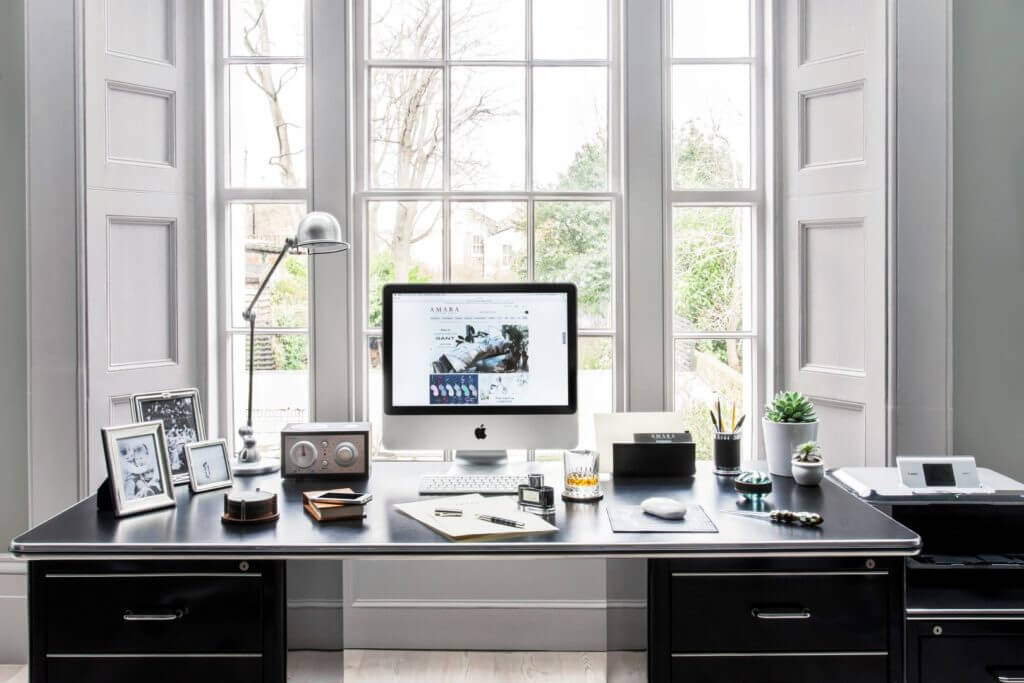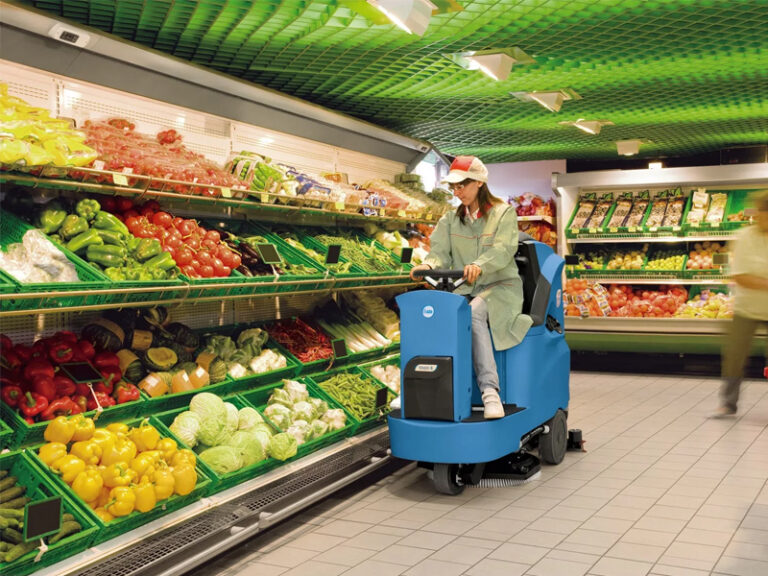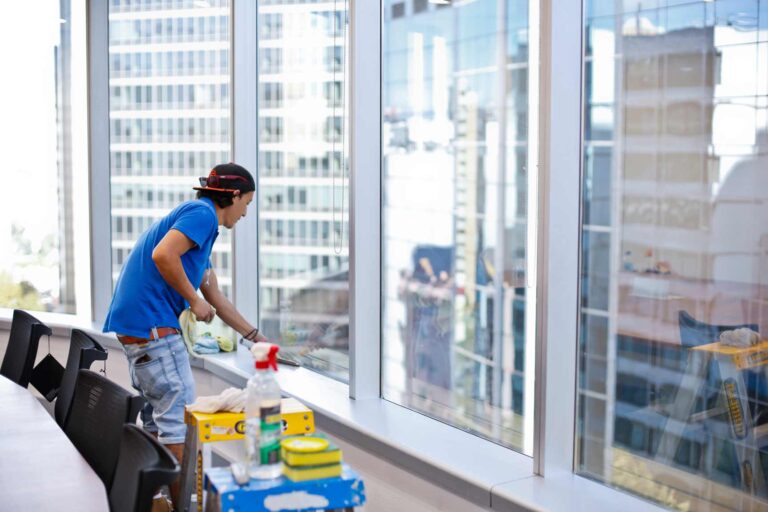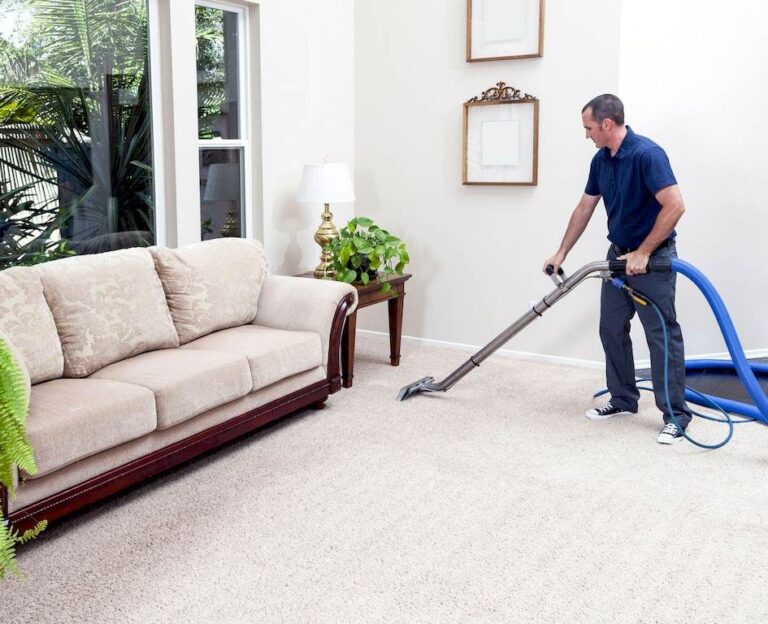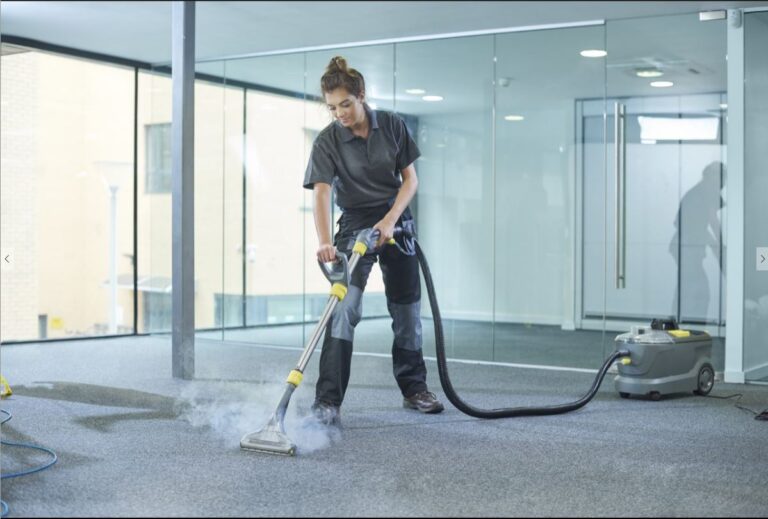In the era of “digital nomadism,” remote work and smart working, the transformation of roles, the innovation of methodologies and tools, and, at the same time, workspace changes are the new normal. But in order for productivity, efficiency, and comfort to be guaranteed, the rules remain the same. Let’s see what they are to know how to organize a home office.
In recent years, the possibility of working from home has become increasingly widespread, especially among women and in large international companies. A great opportunity for people who try to reconcile personal life with working life, not easy and very stressful. Certainly, “smart working” brings advantages such as saving time and money for daily transport, total freedom of clothing, the management of timetables, and working space.
However, it often happens that the absence of people with whom to share the office leads to less care of its organization. Remember that the first rule is order, even if you are alone! Today we want to give you some advice to organize your home office better and make it a functional and tidy environment based on the space you have available.
The fundamental principles of comfort and functionality.
Co-working, smart working, home office. Thanks to technological innovation, workspaces change radically to adapt to new professional figures, new ways of carrying out activities, and increasingly fluid and dynamic reality.
Remote working allows team members to work on the same project but from very distant locations. New technologies allow you to connect and perform tasks virtually from anywhere. However, it does not mean that you can do without an equipped, comfortable and functional workspace, a livable and separate environment that favors maximum productivity.
If in co-working, we find workstations already furnished with the essential tools for a temporary and shared office, in the case of the home office, it is a completely different story.
Stationery, suitable furniture, to organize a home office? How to manage spaces most functionally? How to keep work and private life separate? This handbook contains the fundamental rules for cleaning and organizing a home office with maximum comfort, efficiency, and style.
Golden rules to organize the home office.
The materials, the furnishing accessories, but also the advice and best practices to manage spaces in a rational way and organize a home office that is comfortable, complete, and functional.
1. Choose the right environment.
The first problem that faces us is finding a place in the house to organize our workstation. For some (few), the choice will be simply because they may already have a study room furnished for this purpose, while most people live in a small house, where it is more difficult to find the right place. What are the specifications for selecting the right environment to work in? We have identified three:
- It must guarantee the right privacy, so even if it is in the living room, the workstation must be set up in such a way as to be discreet and unobtrusive (for example, the seat can be positioned behind the rest of the house).
- Avoid the bedrooms, because they are the areas used for sleep and hardly combine concentration. If you really can’t do without it, at least avoid working on the bed.
- Pay attention to the background. Remember that you will often have video conferences, and you will have to pay particular attention to what you want to show about your home. The ideal is to have a bookcase or a large painting behind you instead of avoiding shots that show entire environments.
Whether it’s a workstation or, even better, a dedicated room, make sure you create a space that is as separate as possible from the rest of the house and neutral. If the environment allows it, you can use sound-absorbing panels to isolate the home office from the rest of the house.
2. Desk workstation.
The thing that absolutely cannot be missing is the desk. And what’s more personal than making it with DIY? You can reuse an old table you have in your basement or garage and reinvent it. Paint and create a 100% personal worktop that reflects your tastes. You can also get some wooden trestles and simply use glass as a support surface. Everything will seem larger and more spacious, the perfect solution for a small space.
Give the objects a precise location to always keep an order. Do you like the vintage style? Get an old metal toolbox and use it to hold pencils, pens, notepads, and many other small desk items. The effect will be very original.
3. Choosing the right chair.
We always talk about the significance of an ergonomic chair, the seat of a home office is no exception, quite the contrary. Choose carefully the one that ensures a correct and comfortable posture regarding size, materials, and technical requirements.
4. Take care of the lighting.
Sedentary work that involves many hours in front of a screen cannot be separated from adequate lighting. Having a source of natural light near the desk is important. The ideal is that the window is on the side and not in front or from behind. For indoor lighting, the rule is not to exceed in intensity: use as few bulbs or LEDs as possible, and favor ground or halogen lamps that provide more indirect lighting.
5. Choose high-level devices and IT equipment.
At home, you will not have technicians and systems engineers at hand, but you will have to get by on your own. That’s why the advice is to choose reliable and high-level technology, from the computer to the printer to the headset for the conference call with customers or collaborators.
6. Stock up on stationery.
These are the basic accessories for daily work. From reams of paper to highlighters, from post-it’s to a stapler, from pens to scissors, are you sure you know which stationery is essential for an office? Make a complete list, order the material online and, once it arrives, arrange it neatly in a handy chest of drawers near the desk.
7. Archive, organize, and not accumulate.
The archiving of documents is a very important issue. With time, these will increase and, if you do not want to go crazy in the search for what you need to consult, it will be better to organize yourself immediately. The cloud and external memories (hard-disks and USB sticks) will help you with digital formats. You will have to provide space for lockers or boxes suitable to contain folders and binders for the papers.
8. Provide space for a whiteboard.
Even if you work mainly alone in the home office, the whiteboard is an element of the space, always visible, where you can write down thoughts during brainstorming or transcribe the organization of a job’s phases.
9. Organize the day as well as work.
If in the office the times are marked by a shared rhythm (entry and exit, lunch break, coffee breaks, etc.), at home, you will have to learn to give yourself a rhythm and establish precise boundaries. Not doing so will always mean being at risk of distraction or, on the contrary, not noticing the time passing, forgetting to allow yourself those natural and necessary breaks to recover lucidity and productivity.
10. Customize the environment.
It is significant to symbolize the division between the office and the rest of the house. Still, it is equally important to make the environment comfortable and personal, an environment that reflects you and recognize yourself. Unleash your creativity, take some freedom in choosing the colors (of the furnishings or any part) and decorations. Without going overboard, a creative environment will stimulate the imagination and help you find new solutions.
Our advice is to surround yourself with colors that you like, with small objects that are nice or remind you of happy moments, with photos of dear people and places. It will help you keep a perfect organization and make your working hours more pleasant
11. Organize, don’t accumulate.
Working remotely makes keeping records in order much more difficult. There is little space available, and we lack suitable furniture and office filing cabinets to store all our contracts and invoices neatly.
Suppose the condition of a smart worker is temporary. In that case, it is useless to empty a library to make room for work documents, better to buy useful accessories to organize the work and then be taken to the office when the situation returns to normal. What to buy to keep the workplace tidy? Here are three possible space-saving solutions:
- A desk chest of drawers
- A ring binder
- A vertical magazine rack
Also, organize the wiring and electrical outlets in the best possible way so that you can easily connect your computer, telephone, printer, and everything you need on a daily basis. Please don’t leave them all tangled up in sight. They create chaos and are dangerous. Better hidden and tidy, just buy some fabric straps with Velcro, and you’re done.
You cannot miss the bookshelves that furnish your space in the best possible way besides being very comfortable. If you have not enough space, you can also use them as partitions and use them both for objects in the home and the office.
Keep the environment tidy.
The last, but perhaps most important of the rules: working in an organized and well-ordered environment is essential for carrying out your activities in the best possible way. Take care of cleaning scrupulously and daily, worry about air quality, and choose furnishing accessories, wardrobes, dressers, and shelves, to arrange materials and documents. These dynamics play a vigorous role in a home office’s functionality. Select them carefully, considering size, technical characteristics, and, of course, style, and design.
To know more, click here.

